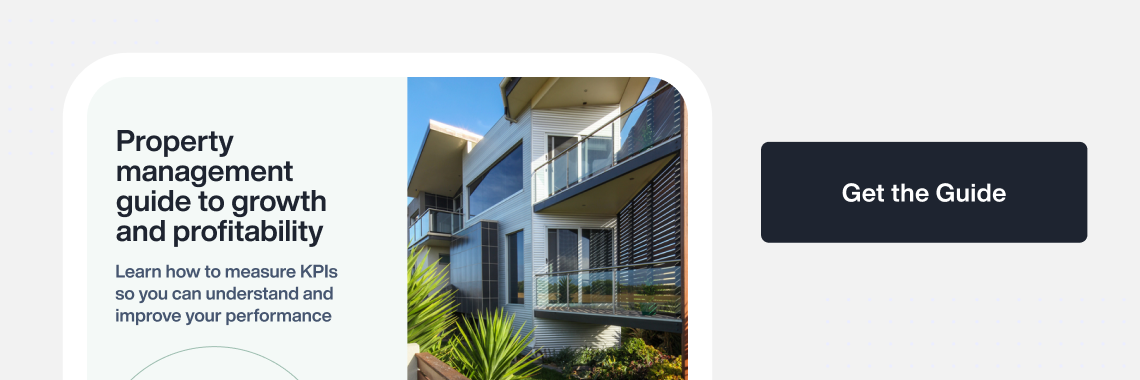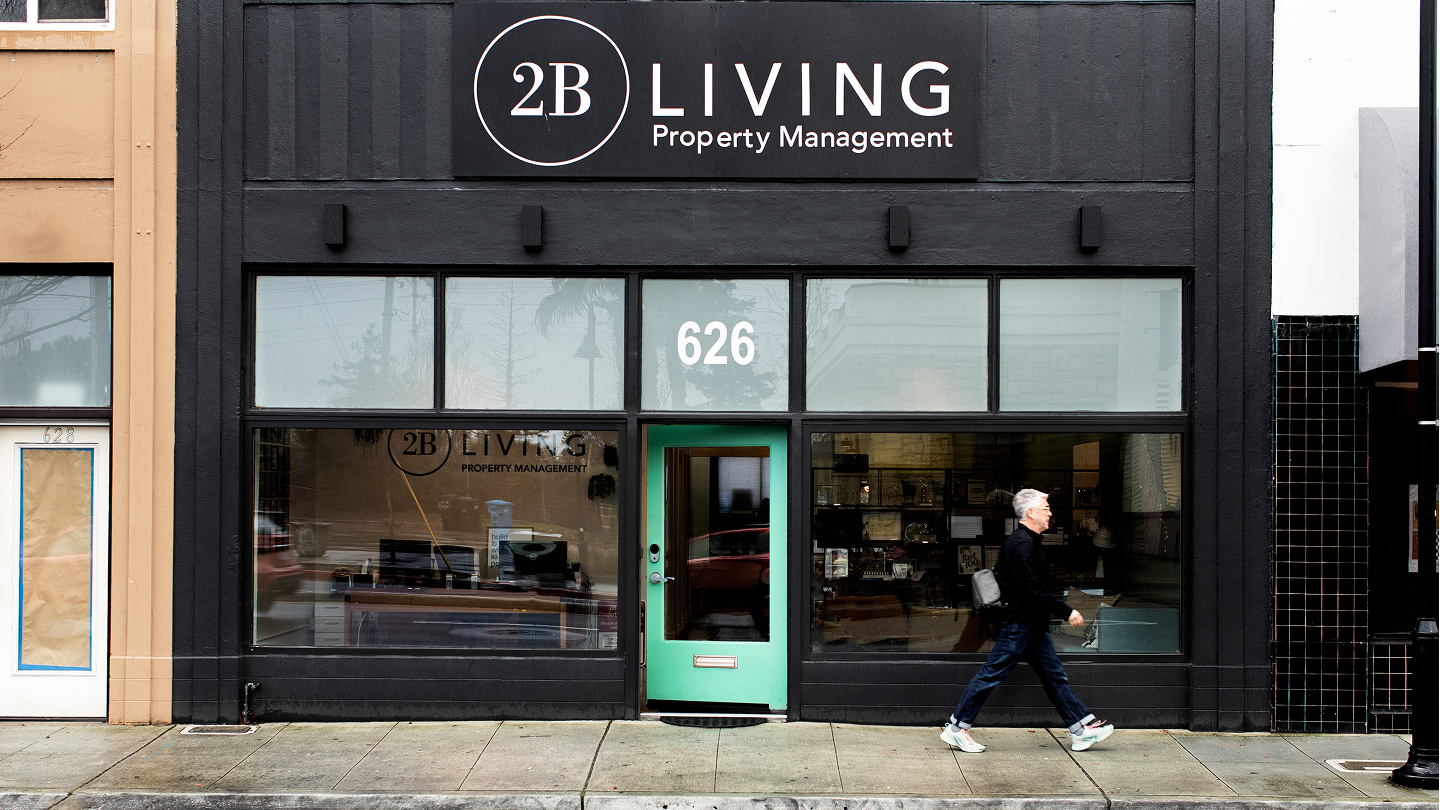Published on October 31st, 2022
By Brittany Benz
In 2022, ProfitCoach — a property management coaching and consulting organization — completed the industry’s second comprehensive Property Management Financial Benchmarking Study. At that time, the report revealed average profitability in the property management industry was just 11%, but top performers were averaging 32%.
After analyzing the data, ProfitCoach saw one major difference between the average and top performers: the companies at 11% profitability were operating in a “financial fog.” In other words, they weren’t able to positively affect their bottom line because they lacked the clarity needed to truly own the financial outcome of their business.
To help property management organizations of all sizes and types clear their financial fog, Daniel Craig, Founder and CEO of ProfitCoach, led a session at the 10th annual AppFolio Customer Conference. In his session, “Establish the right metrics and KPIs to drive profitability,” Daniel revealed the six “do or die” metrics every property manager should be looking at when trying to increase profits.
Keep reading to find out what those six key performance indicators (KPIs) look like and how you can leverage them in your organization.
Metric #1: Profitability
While it may seem obvious to look at your profitability to determine financial performance, Daniel argues most companies don’t actually have a clear picture of what their income actually looks like or how it correlates on an individual division basis.
“What happened in our industry is that people had a ‘bottom line,’ but it was a mix of maintenance and brokerage and property management. Add in owner compensation and then you don’t have a true bottom line anymore.”
Ultimately, and before jumping into the other five metrics, you really have to know what your true bottom line is — and what drives it — to make a major impact.
Metric #2: Revenue per unit (RPU)
Of all six “do or die” metrics on the list, RPU is one of Daniel’s favorites because of its disproportionate impact on profitability. To illustrate just how this metric affects performance, Daniel noted that whether you have 200 units or 2,000, the benefit of improving RPU is clear:
“A 10% increase in RPU can usually produce a 100% increase in profitability.”
When it comes to improving RPU, Daniel recommends “value maxing,” which is optimizing the value you deliver and communicating that value clearly. This allows property management companies to unlock key revenue opportunities by maximizing pricing for the options they provide. For example:
- Monthly pet fees: Property management companies can provide value by allowing pets, but that amenity does come with a small monthly fee.
- Annual admin fees: Administrative work is essential, but instead of absorbing the costs, charge a small annual overhead fee to make up for that time spent.
In short, finding revenue opportunities that can cover value-added services or benefits is going to help increase RPU metrics.
Metric #3: Direct labor efficiency ratio (DLER)
Like RPU, DLER is also one of Daniel’s favorite metrics. In fact, he noted that if he could track only a single metric, it would be DLER. DLER provides an immediate pipeline to improving finances since labor costs are typically one of the largest — if not the largest — expenses for any property management business.
Ultimately, DLER measures how much revenue is received after spending money on property management labor. When evaluating this metric, it’s important to ask the following questions:
- How much do we get done?
- What are we doing that we shouldn’t be doing?
- What could be done faster?
- What could be done cheaper?
Daniel noted that the fastest and most effective way to improve DLER is through automation. By leveraging automation, simple yet time-consuming routine tasks can be taken off of teams’ to-do lists, allowing them to do more and do it more effectively.
Metric #4: Expenses as a percentage of revenue
Outside of major spending categories such as marketing and maintenance, Daniel notes that there are some expenses that tend to creep up and put a serious dent in your budget.
These expenses are most commonly seen in the form of fees or hidden costs and often appear in three specific spending categories:
- Operational expenses
- Facilities
- Payroll taxes and benefits
According to ProfitCoach’s benchmarking survey and continued industry research, top profitability performers consistently reduce spending in those three categories. To better manage spending and reduce expenses as a percentage of overall revenue, Daniel recommends the following approach:
- Determine if an expense is essential.
- If the expense is not essential, rate the value it brings to the organization.
- After identifying expenses that aren’t essential and don’t bring a high value, start cutting them from the bottom up.
Metric #5: Unit churn
It’s no secret that high retention rates are essential to success. However, Daniel notes this metric is often the “silent killer” of profitability for many property management businesses because acquiring residents costs significantly more than retaining them.
However, unit churn is not necessarily bad. Sometimes it happens for valid reasons. Daniel recommends reviewing your unit churn and segmenting each instance into one of three categories:
- Good churn: An example might be an owner selling the unit and a property management company capturing the sale.
- Neutral churn: Examples include an owner moving back into the unit or an owner’s unit going into foreclosure.
- Bad churn: Either a property management company fired an owner, or an owner fired a property management company.
Metric #6: Unit acquisition cost (UAC)
Daniel’s research shows that, in general, the more a business spends on sales and marketing, the more growth that business sees. However, inefficient sales and marketing can still be an issue and a massive drain on profitability, so it’s important to keep a close eye on tracking your total UAC.
To get a better idea of your UAC, Daniel says to:
- Segment marketing spend and analyze UAC on a per-channel basis
- Implement an activity-based sales process
- Operationalize sales and marketing as you would any other business process
The bottom line for improving profitability
Ultimately, Daniel’s session highlighted how finance has typically focused on compliance rather than optimization, leading to the financial fog so many organizations are bogged down with today.
Instead of viewing finance as a reactive approach, Daniel argues now is the time to view it as one of the most important disciplines within an organization:
“One of the things we found to be transformational is when you connect finance to day-to-day operations.”
When property management organizations go from “gut-based decision making” to informed, metric-driven analysis, the industry will discover top performers capable of benchmarking new levels of financial success. For more ideas on how to sustainably grow your business, download our free guide below.










Comments by Brittany Benz